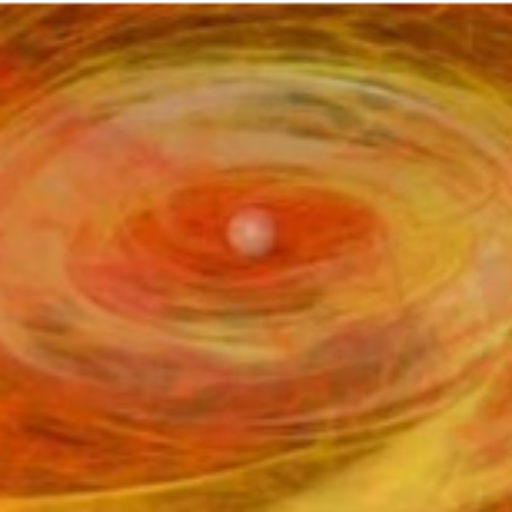The word “disaster” is used to describe a wide variety of different events, but almost all disastrous events fit into one of two disaster categories. To find out more about each category, and the types of events which fit into each category, read on…
Natural disasters
The term “natural disaster” is used to describe any event that stem from events related to the earth itself, or extreme weather conditions. For example, earthquakes, tornadoes, hurricanes, droughts, and volcanic eruptions would always be considered “natural” disasters, as all of these occur without direct human intervention.
As well as events related to the natural world, pandemic disease outbreaks are also considered to be “natural” disasters, as are diseases that target agriculture.
Man made disasters
As one would expect given the name, this type of disaster is used to describe events that require direct human involvement. A large number of different events are included in this category.
Conflicts are perhaps the most obvious type of man made disaster, as are riots and terrorist attacks. In addition, oil spills are considered to be man made disasters, and as the infographic below shows, can have a significant long-term impact on the surrounding area.
Furthermore, man made disasters can also include disasters that occur as a result of human activity – for example, nuclear power disasters, chemical threats, and biological weapons. Transport-related disasters, or those involving man made infrastructure, are included in this category.
Finally, disasters that involve the use (or the misuse) of technology – such as cybersecurity attacks, hacks, and data breaches – are also classified as man made disasters.

Infographic Design By University of Alabama Birmingham


Recent Comments